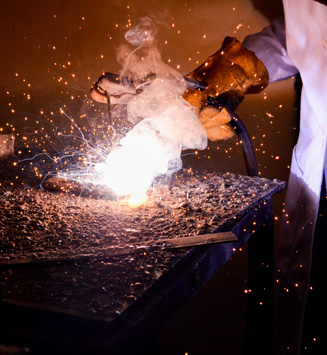Structural differences:
The circular louver valve consists of multiple rotatable circular louvers, each supported by a bearing and driven by gears or motors. This structure enables the louver valve to achieve continuously variable flow regulation, as each louver can be individually adjusted in angle, allowing for flexible changes in fluid velocity and direction. In contrast, butterfly valves consist of a valve disc that can be opened and closed through a shaft. The shape of the valve disc is similar to the wings of a butterfly. When the valve disc is parallel to the pipeline axis, fluid can freely pass through the valve; When the valve disc is perpendicular to the pipeline axis, the fluid is completely cut off.
Functional differences:
Circular louver valves are suitable for situations that require precise flow control, as they provide continuously variable flow regulation. However, butterfly valves are more commonly used in situations where rapid fluid cut-off is required due to their simple structure and quick opening/closing action.
Scope of application and size differences:
Butterfly valves are usually used for complete cutting of pipelines due to their simple structure, small space occupation, and low cost. Circular louver valves are more suitable for situations that require flow regulation. Although they have high flexibility and strong controllability, the applicable pressure range of circular louver valves is smaller than butterfly valves for the same diameter, because the strength and sealing of the louver blades are not as good as the valve disc.
In summary, circular louver valves and butterfly valves each have their unique advantages and applicable scenarios. The choice of valve depends on specific application requirements, flow control accuracy, and cost considerations.

